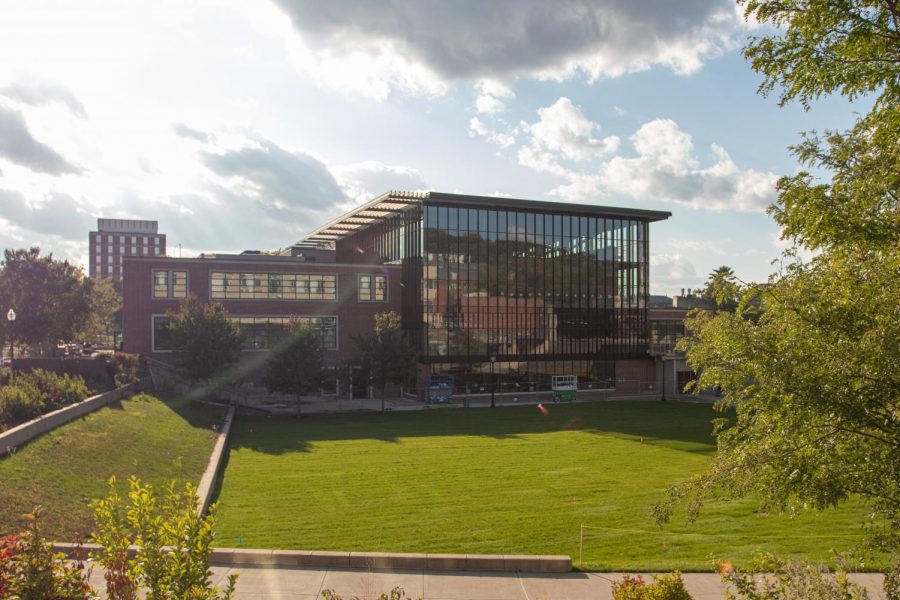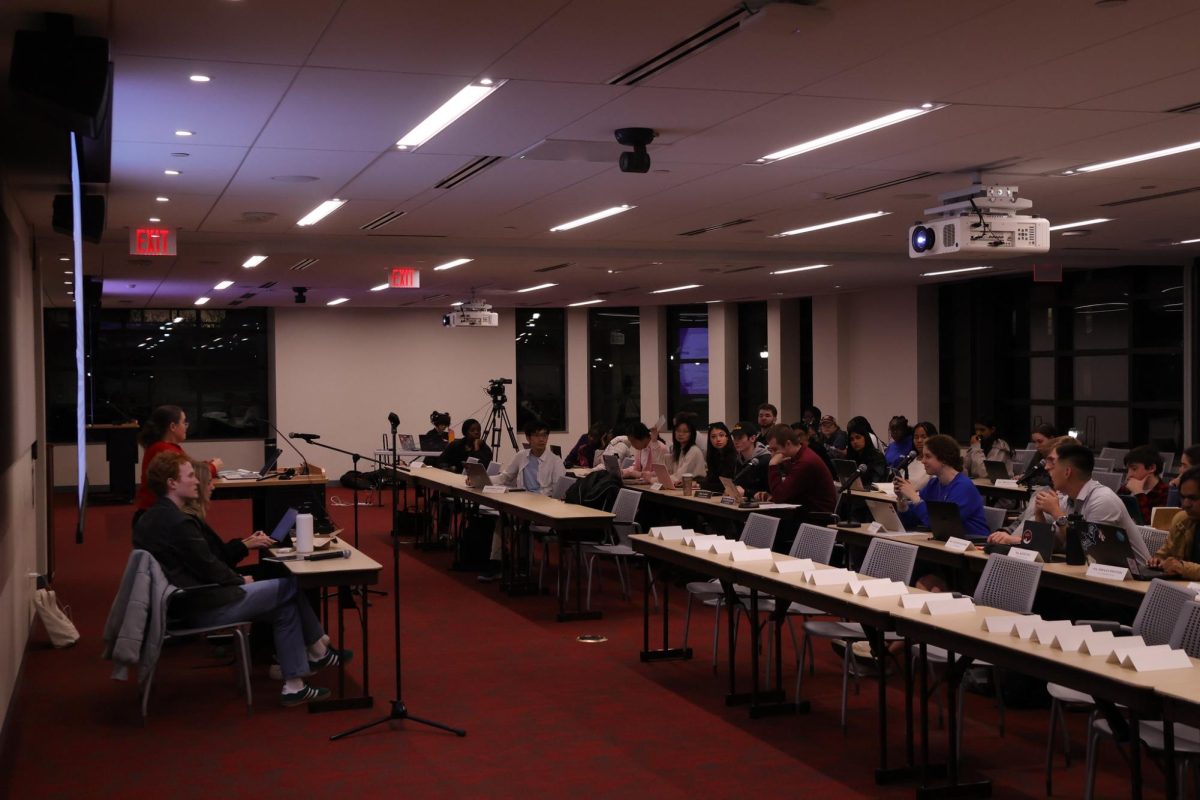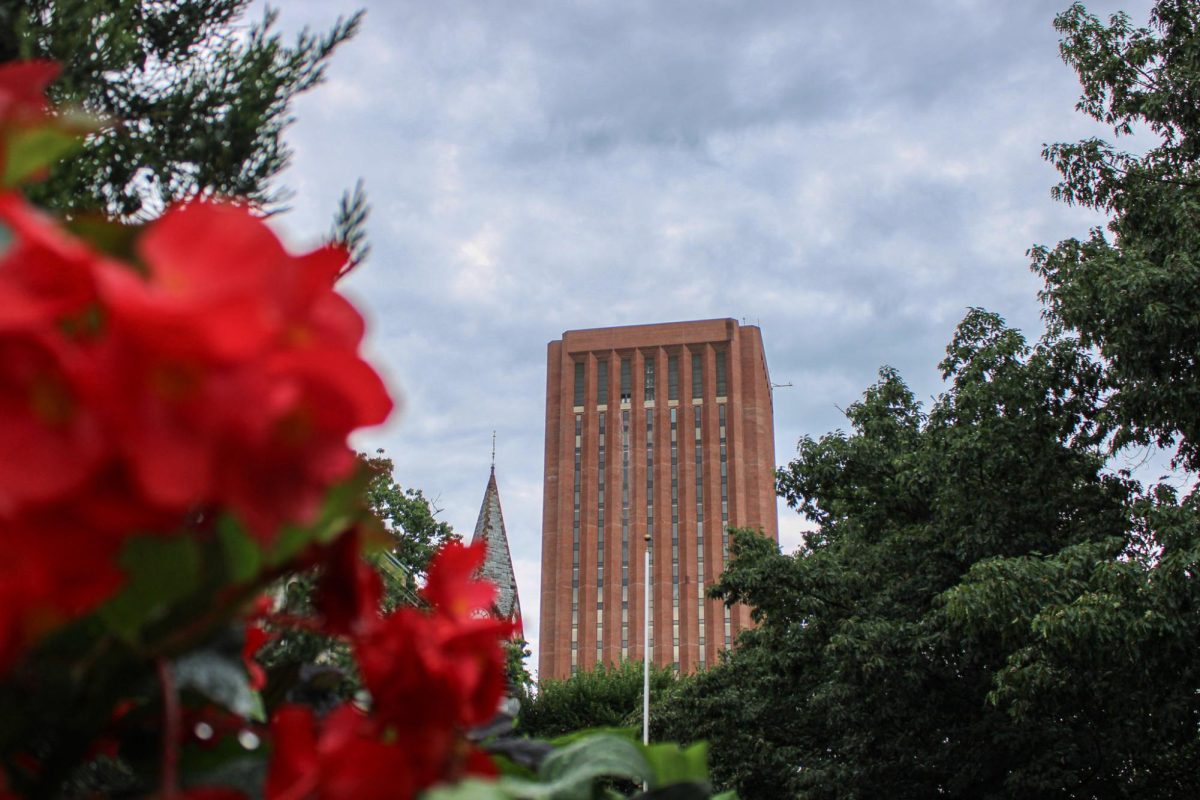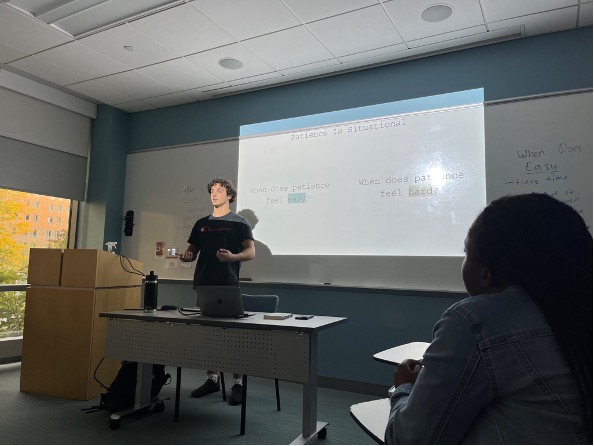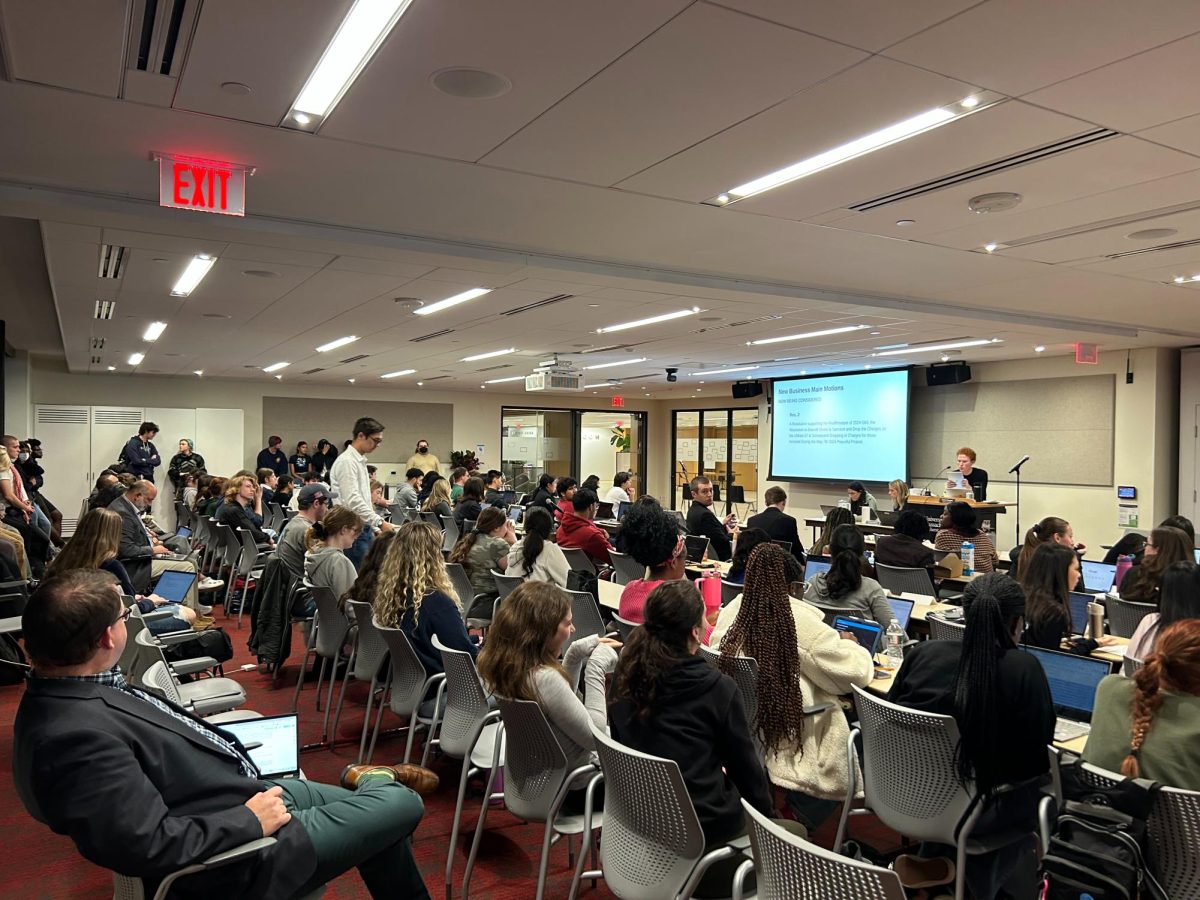Many members of the Amherst community chose to vote using mail-in or absentee ballots for this election season due to the COVID-19 pandemic. The Secretary of State William Francis Galvin announced in July that these ballots would be accepted and counted as normal votes for this year’s election, after Gov. Charlie Baker signed a vote-by-mail bill into Massachusetts law.
In Amherst, mail-in ballots were due by Oct. 30, but could be accepted by Nov. 6 if postmarked by Nov. 3 — election day. According to the Town Manager’s Report posted on Nov. 9, as of Oct. 31, there were around 6,821 total absentee and early voting mail-in/drop-off votes.
Acting Town Clerk Susan Audette was in charge of the counting process. Talking about the mail-in ballots, she said, “All ballots, whether requested through mail or voted early in-person, were stored by precinct in our vault.”
“On election day, we opted for a central tabulation facility to count all those ballots, as opposed to sending those ballots to their precincts,” she said. “All ballots that were returned within the time deadlines and accepted by our office – that is, the ballot was placed in the ballot envelope and signed – were sent to the central tabulation facility to be counted.”
Audette said, “[The ballots] were run through the same tabulators in the precinct.” Speaking about the workload in counting these ballots, she said, “It was more work than our normal crew could physically handle so we needed a lot of extra help and luckily we were able to receive that help from multiple sources.”
Halle Morgan McGrail, a freshman biology major, chose to vote by mail. Talking about her experience, she said, “I’m a Massachusetts voter but I’m visiting in Montana right now [which is why I had to use a mail-in ballot].”
Her mail-in ballot took some time to reach her, and she speculated the distance between the states is the reason for that.
“I had to go online and print out a form, and I think I might have had to do some [other] stuff online,” she added. “Once I sent that in, I’m guessing they checked and confirmed everything,” McGrail said. “[After that], I just had to wait for my ballot to come which honestly felt like it took forever and [the ballot] got here just in time for me to mail it all back.”
After the announcement of the mail-in ballots, President Donald Trump suggested that these ballots may lead to voter fraud. On May 26, in a series of tweets, he said, “There is NO WAY (ZERO!) that Mail-In Ballots will be anything less than substantially fraudulent.” He added, “This will be a rigged election. No way!”
In response to Trump’s comments, Audette said, “As an election official, I have no response to anything happening in the news as I must remain neutral. The state system has always had checks and balances to ensure there is no voter fraud.”
Jesse Rhodes, professor and chair of the department of political science at the University of Massachusetts, explained whether or not the ballots could lead to voter fraud.
“President Trump’s claims of massive voter fraud via mail balloting are false,” he said. “The president has not provided any evidence for public review and assessment of voter fraud via mail balloting. State election officials in states such as Pennsylvania, Georgia, Michigan and Wisconsin have affirmed that elections there were conducted smoothly and fairly and that they have found no evidence of systematic fraud via mail balloting. Additionally, courts have rejected virtually all of Trump’s legal claims.”
Rhodes said that “President Trump is — likely intentionally — conflating two distinctive types of problems: individual-level fraud or abuse, which does happen on an extremely limited scale in any election; and organized, systematic fraud on a large scale, for which there is no evidence whatsoever.”
Despite making claims about fraud to the public, Trump’s legal team hasn’t presented evidence of “large-scale, intentional, systematic fraud in public or in court,” Rhodes said.
“Instead, the Trump team typically points to controversies such as whether particular officials were allowed access to monitor vote counts as circumstantial evidence of fraud,” he said. “Regrettably, President Trump is fabricating claims of voter fraud by mail in order to confuse voters about the election and raise anxieties about the integrity of the outcome. This effort is bound to fail, but is corrosive to public trust in elections and contributes to partisan polarization in American politics.”
Mahidhar Sai Lakkavaram can be reached at m[email protected]. Follow him on Twitter @Mahidhar.sl

